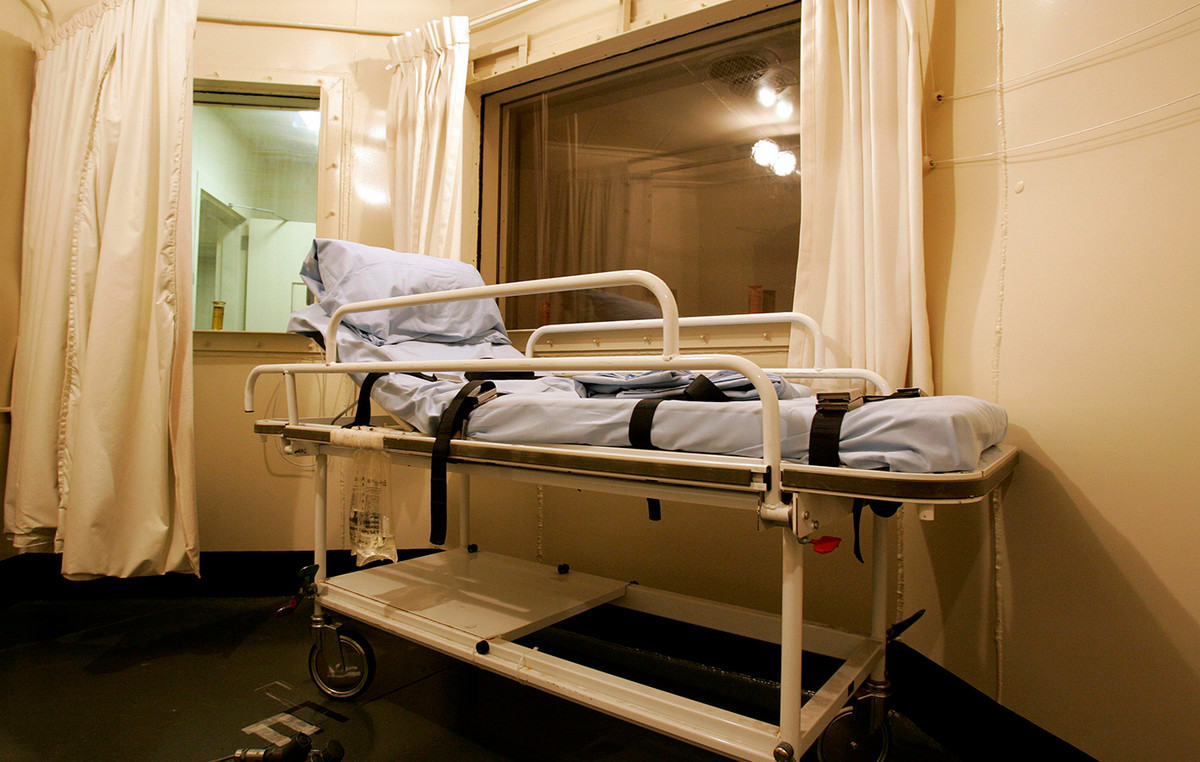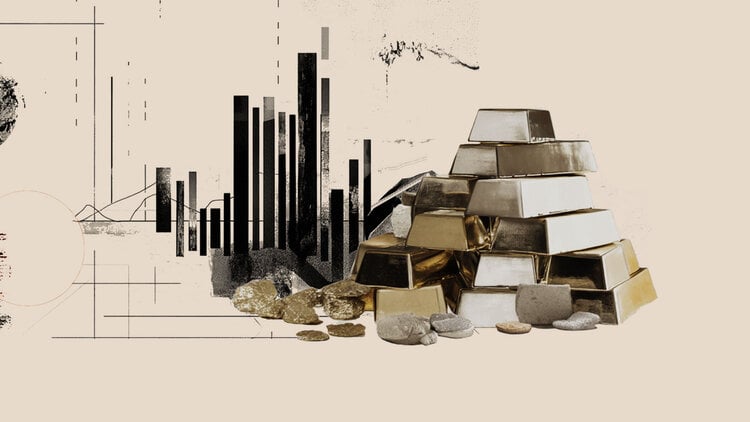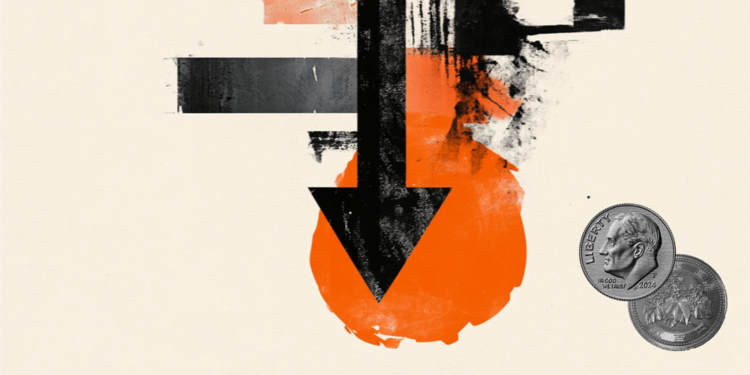After two years of strong growth, which repeatedly surprised expectations on the upside, 2023 should start to tell a different story.
On the one hand, the recovery momentum, after a deep depression caused by the pandemic in 2020, has run out. This means that the strongest growth rates, reinforced by the very low base, are behind us – in 2022, the country’s Gross Domestic Product (GDP) has already started to rotate above the level prior to the health crisis.
On the other hand, this will also be the first year that will fully suffer the impacts of interest rate hikes, another legacy left by the pandemic and the inflationary damage it helped to cause.
It also doesn’t help that the global economy as a whole will be further weakened, pulled equally down by a generalized wave of inflation followed by interest rate hikes on all continents.
“Central economies such as the United States and Europe are flirting with a recession. There is also the Chinese economy slowing down”, says economist and professor at Insper Juliana Inhasz.
“Then the international scenario also does not favor and reinforces the prospect of lower growth for Brazil.”
Interest in the heights
“The Central Bank should keep interest rates at 13.75%, a clearly contractionary level, until at least the middle of next year”, says the chief strategist at Banco Mizuho, Luciano Rostagno.
“As the effect of interest rate hikes on economic activity is lagged, the impact of this tightening will be greater this year than last year, so it will really be a more moderate growth scenario.”
Mizuho’s estimate is that, after growing 3.1% in 2022, the Brazilian GDP will advance 1% in 2023, a number that is already in the most optimistic band of projections. Most of them speak of a smaller advance than that.
In the Focus Bulletin, for example, the BC’s weekly report with market projections for the main economic indicators, the median of expectations is for growth of 0.8% this year.
After falling 3.3% in 2020 – a number already much better than the drop of up to 9% that was expected for the first year of the pandemic -, the Brazilian GDP grew by 5% in 2021.
The closed result for 2022 will be released on March 2 by the Brazilian Institute of Geography and Statistics (IBGE).
Until the third quarter, GDP growth in one year was 3%, although the quarterly result, an increase of just 0.4%, has already been read as the first major sign of deceleration caused by the Selic weight.
Lagged effect
After plummeting to a historic low of 2% in 2020, the Selic, Brazil’s basic interest rate, was forced to rise again quickly as inflation also began to get out of control.
It jumped from the 2% it was at until March 2021 to the 13.75% it reached in August 2022 and with which it enters 2023. It is the highest rate since 2016.
Higher interest rates, in addition to increasing the government’s burden of paying billions of interest on its debt, also make credit more expensive and inhibit both consumption and productive investments made by companies. All of this takes away the breath of the economy to grow.
It takes time, however, for the effects of a change in interest rates to fully run through this entire chain – economists estimate that this hiatus is something around six months.
It is for this reason that, although the rate has been rising since the beginning of 2021, it will only be in 2023 that the burden of a double-digit Selic will be fully weighing on the economy.
As the consensus among economists today is that the Central Bank should maintain the rate at the current 13.75% until at least the second half of the year, the result is that Brazilian economic activity will have to survive in the shadow of high interest rates throughout 2023 whole.
“Industry, services, commerce and construction data show that the fourth quarter should already move sideways, be at zero to zero”, says the chief economist of Bradesco, Fernando Honorato.
“So this reasoning that monetary policy is fulfilling its role makes sense, and GDP in 2023 will grow less than in 2022.”
The bank’s initial projection is for growth of around 0.5% this year, alongside a job market that, after a rapid recovery in 2021, should also be moving sideways now.
The unemployment rate, which rose from 14% at the peak of the pandemic, entered 2022 at 11% and left around 8%, at the lowest levels since 2015.
This, according to the IBGE, dropped the number of people out of work from 13 million to around 9 million at the end of the year.
“This year unemployment could still fall, but it will be a very small drop, practically stable”, said Honorato, from Bradesco.
“Wages are not rising much either, but with inflation slowing down, there is a benefit to household income. So, in practical life, 2023 will see a reduction in the number of vacancies, it will be more difficult to find a job, but with some help from inflation, especially food, for people’s income.”
Source: CNN Brasil
A journalist with over 7 years of experience in the news industry, currently working at World Stock Market as an author for the Entertainment section and also contributing to the Economics or finance section on a part-time basis. Has a passion for Entertainment and fashion topics, and has put in a lot of research and effort to provide accurate information to readers.







